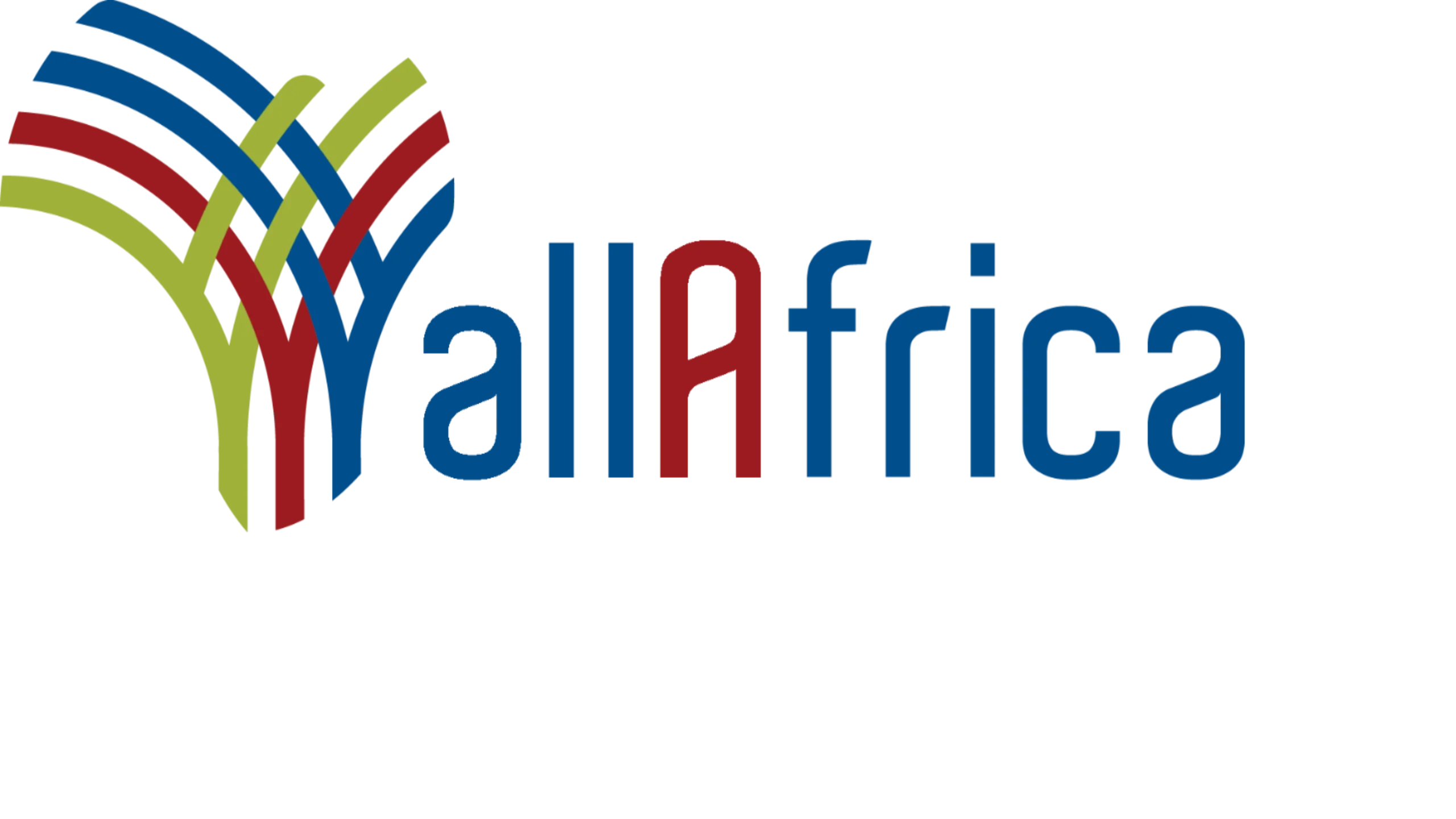“The practice, for its wanton degradation of the environment is a threat to human life,”
Konongohene, Nana Awuah Abedimisa II (Dr Ing), is taking a strong stance against illegal mining (galamsey) and has vowed to impose strict penalties on those involved in this reprehensible activity.
“I solemnly declare that, if any person, at home or abroad, has any minutest evidence of my involvement or that of any Sub-Chief or Elder, that person is obliged to come out openly for necessary punitive action against me or any Sub-Chief(s) or Elder(s) by relevant superior authority”, Nana Awuah Abedimisa said in a press statement.
According to him, he has sensitized all Sub-Chiefs and Elders about the destructive activities of illegal mining, also known as galamsey, and strongly advised them to refrain from any involvement in the practice.
Join our WhatsApp Channel for more news
“I deeply abhor illegal mining popularly known as galamsey”, Nana Abedimisa stated.
To ensure that sanity prevails in the area regarding gold mining, the Konongohene has assured that the traditional leaders would look for investors capable of providing adequate capital for safe deep pit mining in place of the environmentally unfriendly Open Pit or Surface Mining.
Below is Nana Awuah Abedimisa’s full statement:
29th August, 2024
—————FOR ATTENTION OF THE PUBLIC—————
ILLEGAL MINING (GALAMSEY) ACTIVITIES AT KONONGO & ADJOINING COMMUNITIES
I deeply abhor illegal mining popularly known as galamsey.
It is my belief that galamsey for its wanton degradation of the environment is a threat to human life for which we, as traditional leaders have an abiding responsibility to protect.
Deep underground mining for high grade gold at Konongo and Odumase thrived from 1929 until it ceased and the mines decommissioned in 1988. This highly mechanised mining system is mainly characterised by winding engine operation and hauling. It currently requires an investment of not less than $500million to fully operationalise such a system not only at Konongo but across the globe for similar scope and scale of mining operation.
In 1988, Southern Cross Mining Company Limited, led by Dr Kwame Donkor Fordjour and an Australian Industrialist, Ken Taylor, became successor mining company with 90% shares while State Gold Mining Corporation, on behalf of Government of Ghana, had 10% shares.
Southern Cross Mining Company Limited introduced Surface Mining, also referred to as Open Pit Mining in Ghana.
Southern Cross Mining Company Limited ceased operation in 1992 and the mines was dormant from 1992 until 1994.
In 1994, Obenemase Gold Mines (OGM) took over Southern Cross concession stretching from Konongo-Odumase to Kwakoko measuring an area of 125km2. They operated from 1994 to 1999 using the same Open Pit Mining process like their predecessors.
The mines became dormant from 1999 to 2003.
In 2003 the mines was handed over to African Gold an Australian company as majority shareholder and Talos as minority shareholder in the proportion of 70% and 20% respectively and 10% for Government of Ghana.
In 2007, African Gold sold their shares to Mwena of DR Congo.
In 2009, Mwena sold their majority shares to Signature Metals of Australia.
In 2013, Signature Metals sold their majority shares to Lion Gold of Australia.
In 2015 thereabout, Lion Gold abandoned the concession as majority shareholder leaving Talos to hold the fort.
In 2017-2018 thereabout, Northern Ashanti Mines were granted a concession amounting to 70% shares which Lion Gold had abandoned. Talos also offloaded 10% of their 20% shares to Northern Ashanti Mines resulting in Northern Ashanti Mines acquiring 80% shares of the mines, whereas Talos retained 10% shares and Government of Ghana having 10% shares.
From Southern Cross Mining Company Limited up to date, all the mining concessionaires have been operating Open Pit Mining which involves excavation and blasting of the pits and hauling of the mineralised materials from the pits through the ramps to the processing plants for gold extraction.
Negative Impact of Open Pit Mining and Related Activities at Konongo and Adjoining Communities
- Most of the open pit mining materials are arsenic and especially during the rainy season, the rains wash the arsenic materials into the rivers and streams within the communities.
- Noise and dust control are significant challenges.
- Most of the open pits are not fenced and consequently not safe, a typical example being at Asrewa South Pit which has claimed 6 human lives over the period.
- Northern Ashanti Mines have ceded part of their concession by “Tributary System” to some individuals, some of whom regrettably brought their operations to habitable areas at Konongo and adjoining communities, which operations are popularly referred to as illegal mining (Galamsey).
- Degradation of the environment is rife, including near extinction of aquatic life.
Proposed Remedial Measures for Environmental Restoration and Preservation of Aquatic Life
- Creation of a forum of all Stakeholders, namely Municipal/District Assemblies, acting also as conveners, Minerals Commission, Environmental Protection Agency (EPA), Northern Ashanti Mines, Traditional Authorities and all other Stakeholders within the confines of the “Konongo Gold Belt” to deliberate on appropriate way forward.
- Search for investors who are capable of providing adequate capital for safe deep pit mining in place of the environmentally unfriendly Open Pit or Surface Mining.
Conclusion
I would like to draw the attention of the general public and all citizens of Konongo, at home and abroad, that I deeply abhor illegal mining popularly known as galamsey.
I have sensitised all Sub-Chiefs and Elders from inception and in the strongest terms advised them to refrain from any involvement whatsoever in the practice.
I solemnly declare that, if any person, at home or abroad, has any minutest evidence of my involvement or that of any Sub-Chief or Elder, that person is obliged to come out openly for necessary punitive action against me or any Sub-Chief(s) or Elder(s) by relevant superior authority.
Many thanks and blessings.
Signed:
NANA AWUAH ABEDIMISA II (Dr Ing), KONONGOHENE
